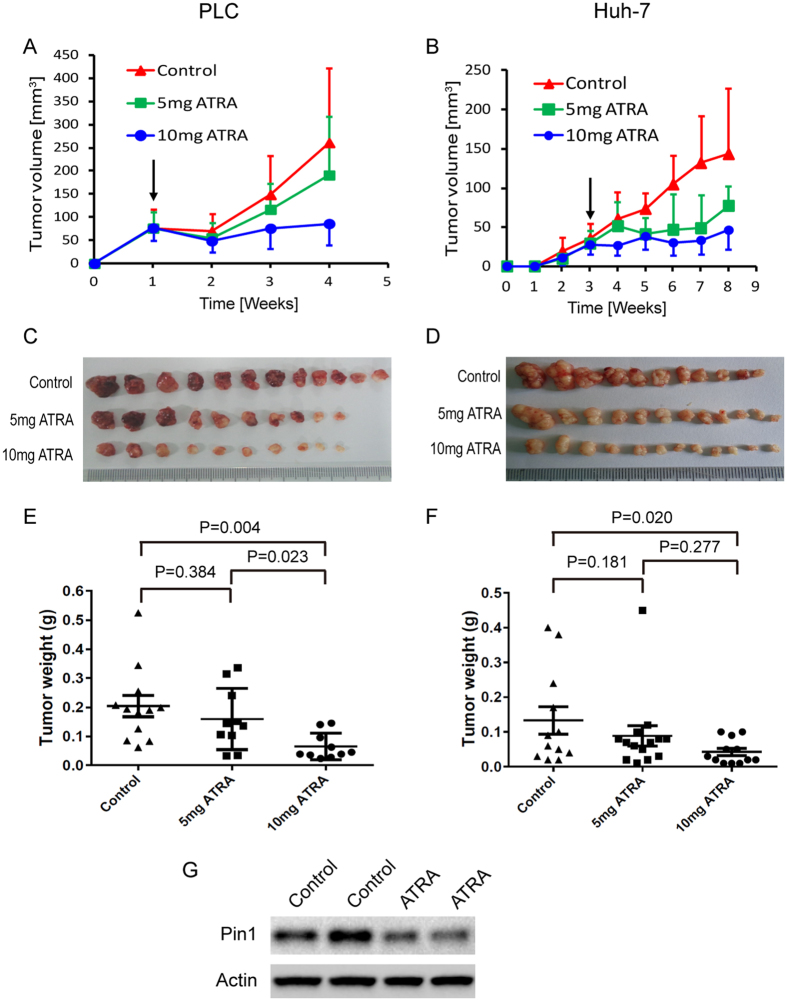Figure 6. Slow-releasing Pin1 inhibitor ATRA potently inhibits HCC growth in mice.
2 × 105 PLC/PRF/5 cells together with matrigel or 2 × 106 Huh-7 cells were inoculated subcutaneously into nude mice. When tumors were obvious (tumor size 30–70 mm3), mice were randomly grouped to receive 5 or 10 mg 21-day slow-releasing ATRA or placebo pellets embedded under the neck skin. (A,B) PLC/PRF/5 (A) or Huh-7 (B) tumor volumes were measured weekly and the tumor growth curves were plotted over time. Error bars represent standard deviations. (C,D) Photographic illustration of PLC/PRF/5 (C) or Huh-7 (D) tumor nodules harvested from nude mice at the end point. Each scale of the ruler represents 1 mm. (E,F) Weights of Huh-7 (E) or PLC/PRF/5 (F) tumors harvested from nude mice at the end point. Error bars represent SEM. (G) Immunoblots of Pin1 expressed in xenograft tumors from nude mice inoculated with 4 × 106 HuH7 cells and treated with placebo or 5 mg 21-day ATRA slow-releasing pellet for 3 weeks.

